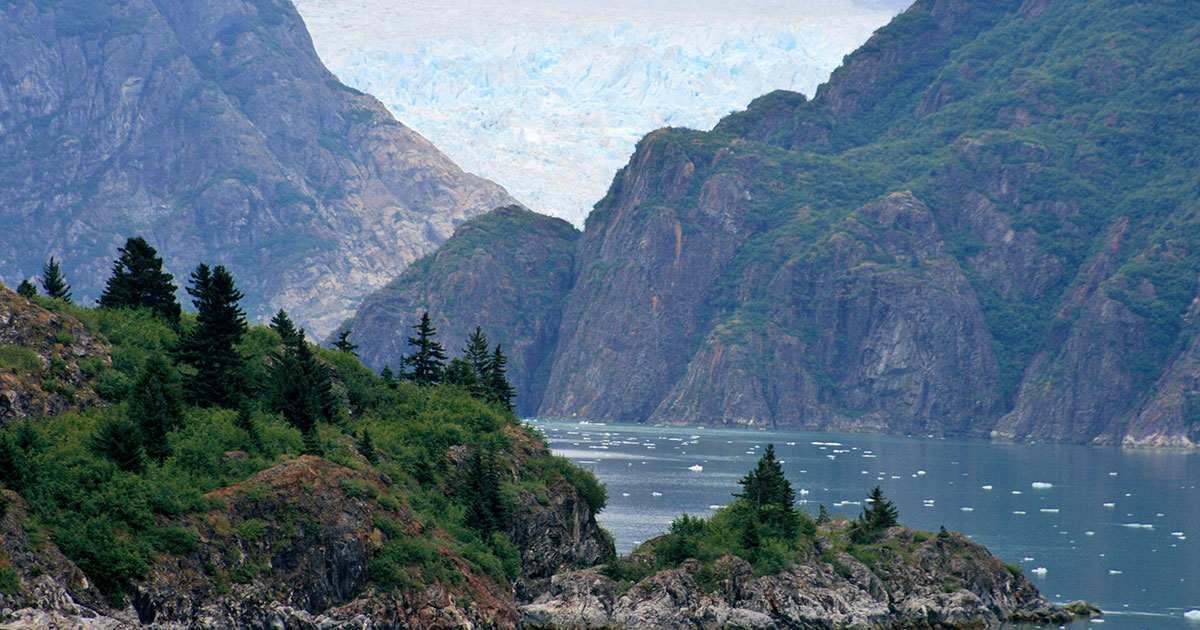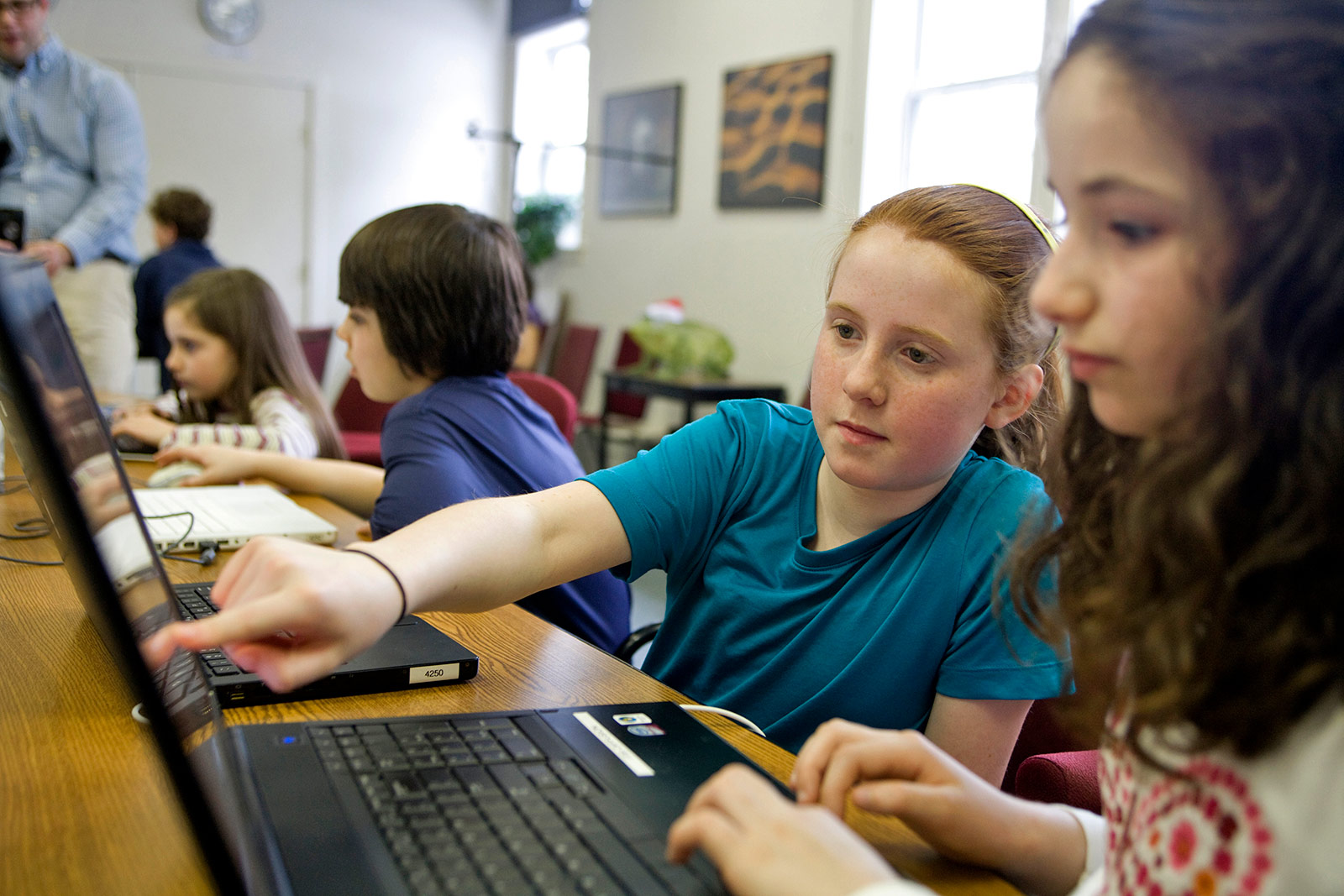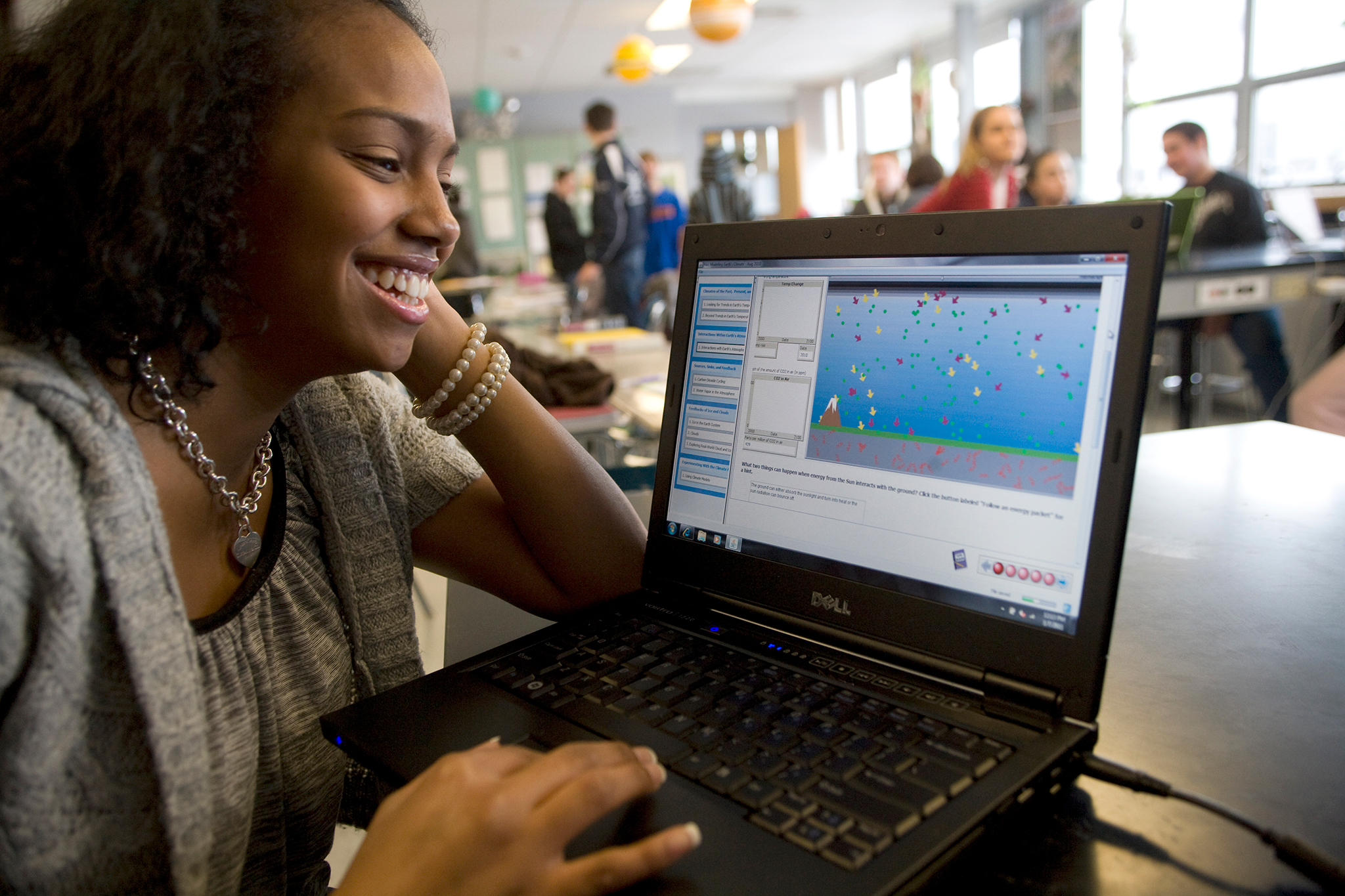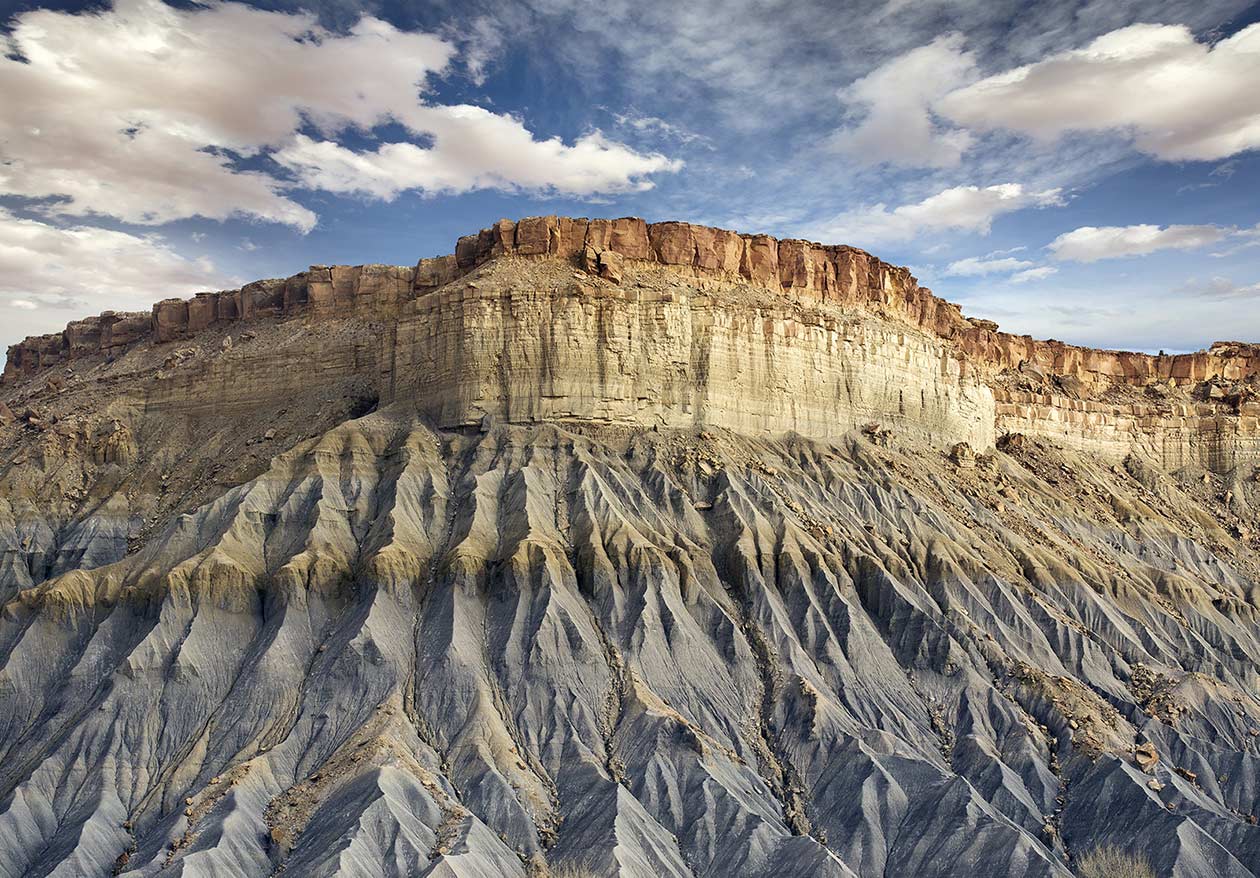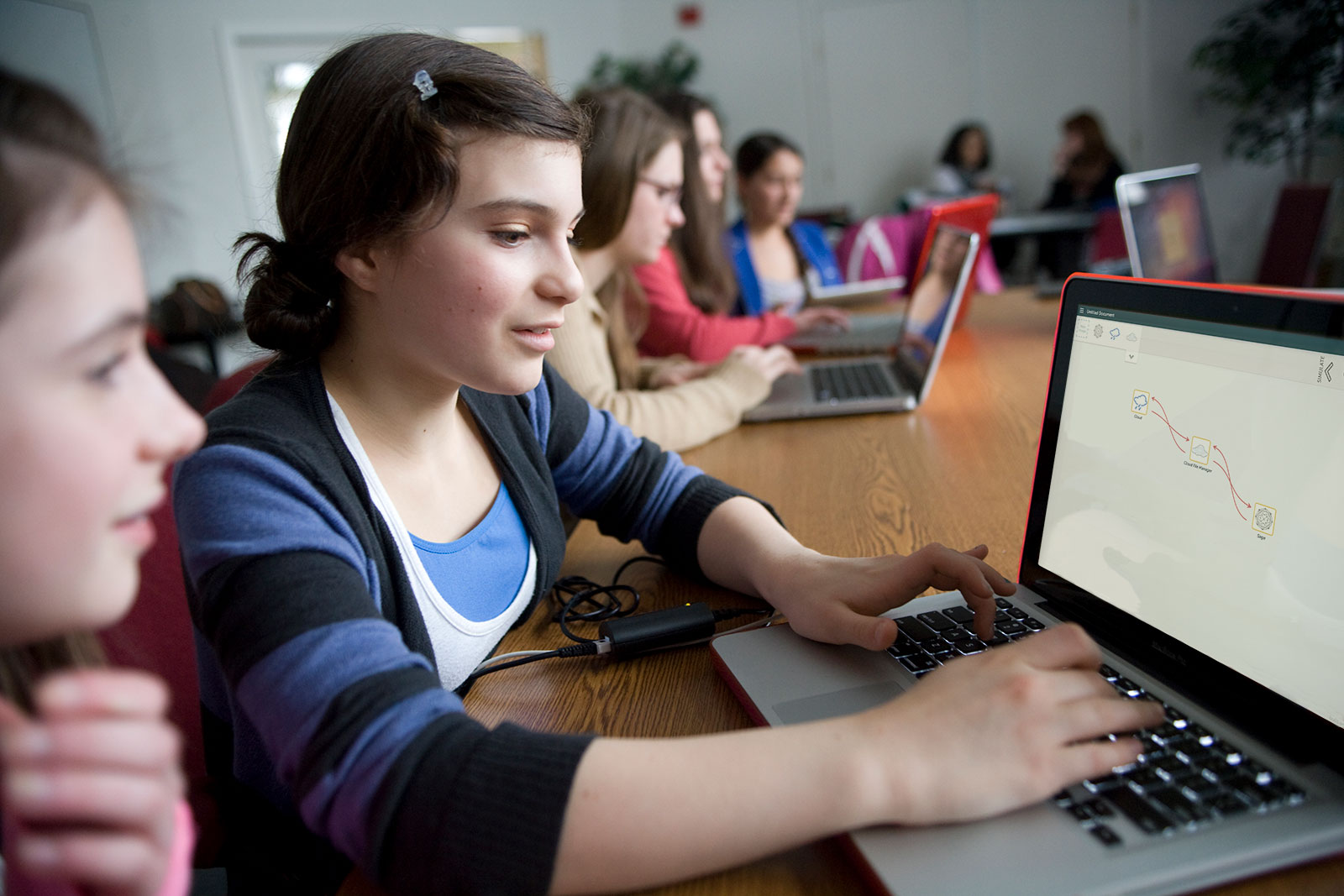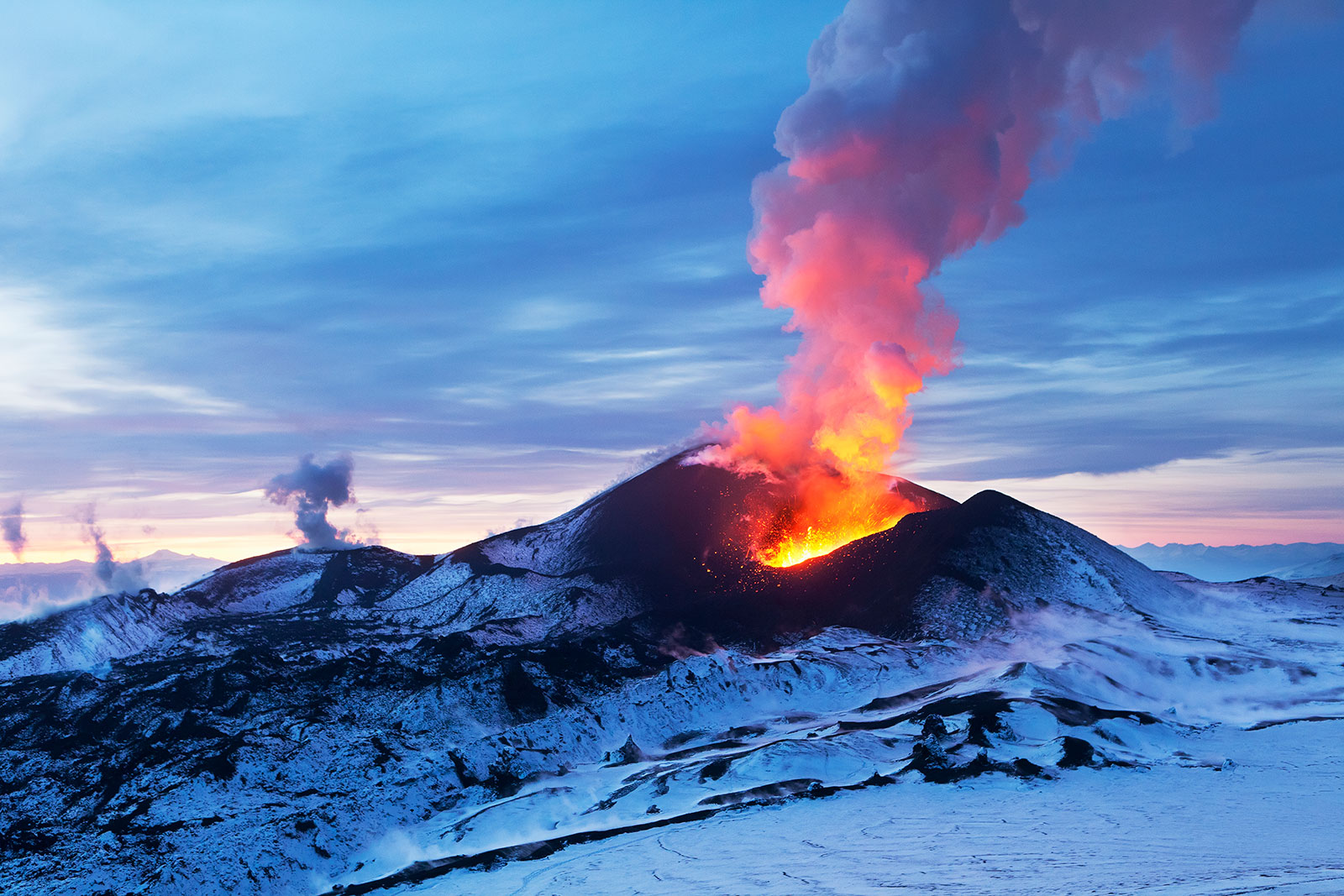Precipitating Change with Alaskan Schools
Importance
Precipitating Change with Alaskan Schools is a National Science Foundation-funded project with partners from Alaskan Native communities, multiple universities, and the Concord Consortium. Together, we are exploring approaches to designing, testing, and refining multi-perspective, middle school science instruction about coasts and coastal change.
Coastal regions in Alaska have always experienced change, but recently the speed and intensity of change has been increasing in response to human development and climate change. In Indigenous communities, where people have longstanding cultural connections with place and rely on subsistence practices of hunting, fishing, and gathering traditional foods from the land and ocean, changes to the coast are relevant to many students’ lives. Investigating coasts and coastal change can involve employing both Indigenous and Eurocentric science approaches, as well as diving into related areas, including history, culture, and community decision-making.
Research
Exploring and valuing multiple ways of knowing
Indigenous children represent a significant portion of school populations in Alaska, but Native students often experience science class as disconnected from their communities’ cultures and ways of knowing. Thus, instruction concerning coasts and coastal change in Alaska calls for a multi-perspective approach.
As we work together to understand approaches to and implications of enacting multi-perspective instructional activities, we are actively grappling with some fundamental questions:
- How can multiple perspectives be appropriately included in instruction in ways that equitably demonstrate respect and value, rather than some perspectives being represented in deep ways while others are represented in shallow ways?
- What does “learning” look like when it authentically represents multiple perspectives?
Publications
- Massicotte, B. J., Moher, T., & Staudt, C. (2025). Alaskan students profile their local beach. @Concord, 28(2), 12-13.
- Staudt, C., Covitt, B., & Puniwai, N. (2023). Engaging multiple perspectives in alaskan and hawaiian classrooms. @Concord. 27.
- Covitt, B., Frank, N., Puniwai, N., Perry, H., Watson, B., Haavind, S., Cope, D., & Staudt, C. (2023). Navigating relational perspectives through collaboration to expand students’ experiences of/with/in places and cultures. Annual Meeting of NARST: A Worldwide Organization for Improving Science Teaching and Learning Through Research. Chicago, IL.
